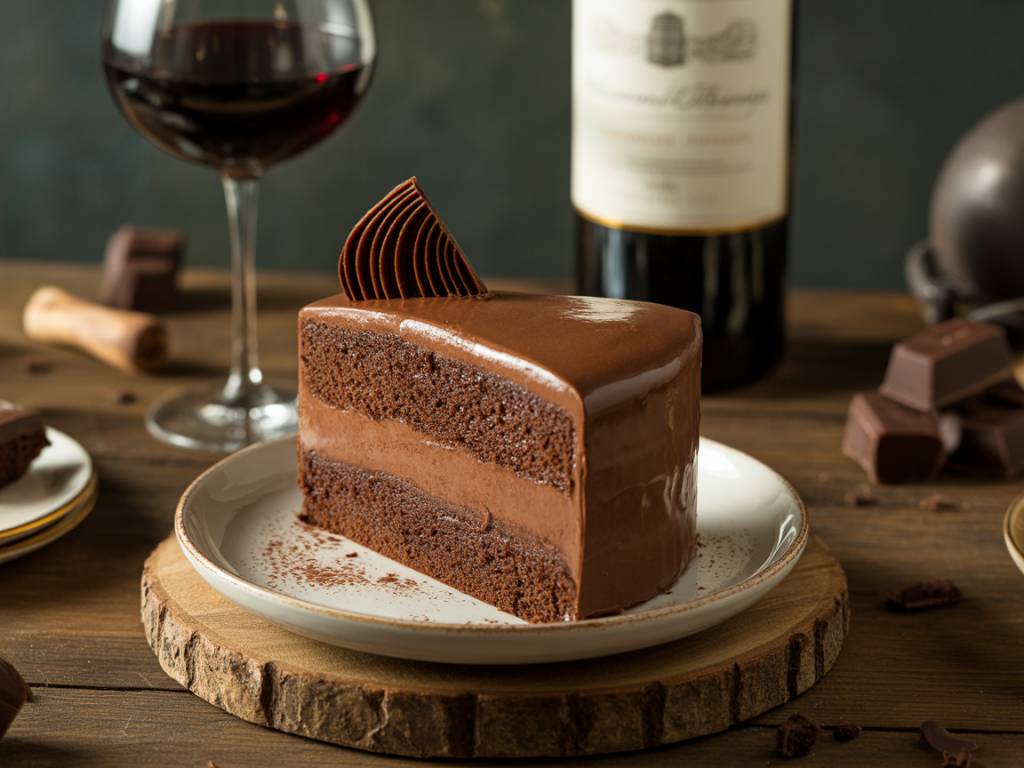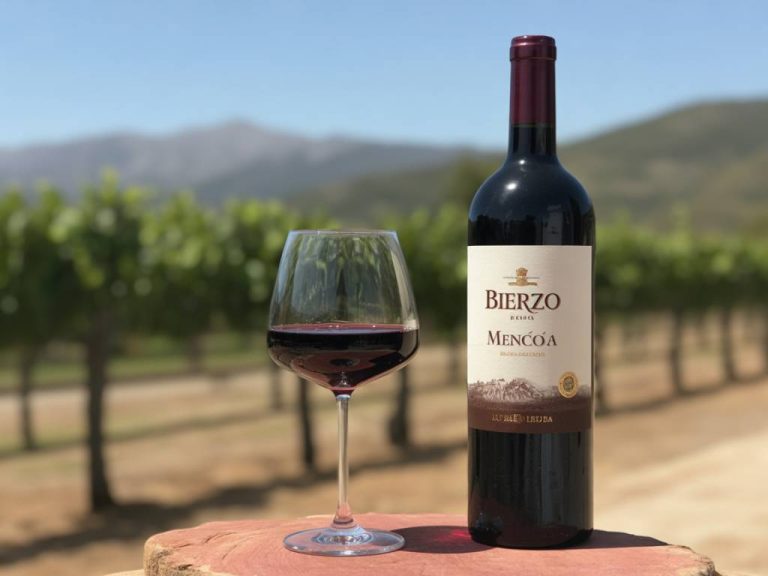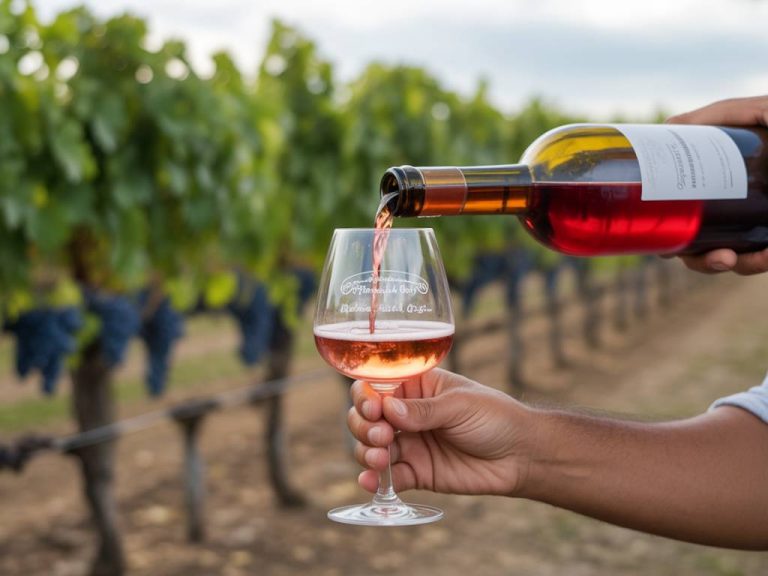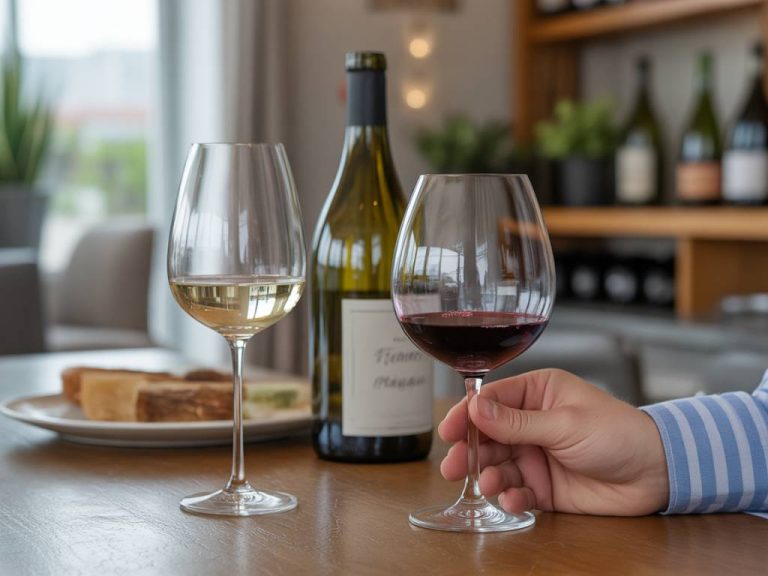
Chocolate cake and wine pairing combinations to try
Why Pair Chocolate Cake with Wine?
Chocolate cake and wine—on paper, they sound like a match made in dessert heaven. But the reality? It’s a delicate symphony of flavors that, when done right, elevates both elements beyond the sum of their parts. Understanding the structure of chocolate and the composition of wines is crucial to building pairings that work, not fight on your palate.
At its core, chocolate cake is rich, sweet, and often dense. Its flavors span a wide spectrum depending on the cacao content, added ingredients (like coffee, fruit, or nuts), and the style of cake (from flourless tortes to layered buttercream classics). Wine, with its varying levels of acidity, tannins, sweetness and body, can either complement or contrast the cake’s components in fascinating ways.
The key? Match intensity with intensity—and balance sweetness to prevent one from overpowering the other.
The Role of Sweetness, Acidity, and Tannins
Before diving into specific pairings, let’s look at the core elements that determine success in any wine and chocolate cake pairing:
Classic Pairings That Always Work
Let’s start with combinations that have stood the test of time. These are the « can’t-go-wrong » pairings for chocolate cake and wine enthusiasts looking for balance, harmony, and satisfaction.
Flourless Dark Chocolate Cake + Vintage Port
This is a quintessential duo. A dense, flourless cake with high cacao content (think 70% and above) benefits from something fortified, bold, and sweet. Vintage Port delivers intense black fruit notes, ample sweetness, and gripping tannins that stand up to the cake’s boldness while echoing its depth.
Erik’s tip: If you’re using a cake recipe that includes espresso or dark roast coffee, the port’s prune and fig notes will shine even more.
Chocolate Lava Cake + Banyuls
A personal favorite from my days as a sommelier. Banyuls, a fortified wine from Roussillon in southern France, has cocoa, cherry, and nutty tones that echo molten chocolate’s decadence without overpowering it. Thanks to its lifted acidity, it prevents the pairing from becoming cloying—perfect for when that gooey chocolate center explodes onto your plate.
Classic Chocolate Layer Cake + Merlot
A well-executed chocolate layer cake—frosted with buttercream or ganache—offers a balance of sweetness, cocoa, and buttery richness. A ripe New World Merlot (think Washington State or California) brings juicy plum and mocha tones that highlight the cake’s creamy texture and soft crumb. Just check the label—look for something with moderate tannins and a fruit-forward profile.
Unexpected (Yet Delicious) Pairings to Try
If you’re ready to step beyond the expected, these pairings play with contrast and surprise—without sacrificing balance.
Spicy Mexican Chocolate Cake + Zinfandel
Cakes with cinnamon, chili, or a bit of cayenne in the mix pair beautifully with the jammy, peppery nature of a full-bodied Zinfandel. Especially effective if your cake is built with ground almonds or has an earthy texture. The wine brings warmth and fruit-forward energy while matching the spice’s aromatic lift.
A note from tasting experience: Avoid overly oaked Zins here—vanilla and spice are welcome, but too much oak distracts from the cake’s complexity.
Chocolate Orange Cake + Lambrusco
Citrus and chocolate? Always a good idea. When balanced in baking, an orange-chocolate cake (often made with zest, orange liqueur or marmalade glaze) sings with a slightly off-dry Lambrusco. The fizz introduces an effervescent brightness, while the dark fruit and subtle bitterness mirror the chocolate base. Super fun. Supremely refreshing.
Cherry-Chocolate Black Forest Cake + Pinot Noir
This pairing hinges on lifting the fruit component. Black Forest cake has cherries—sometimes brandied, sometimes fresh—along with whipped cream and chocolate sponge. Go for a juicy, slightly earthy Pinot Noir (Oregon or Burgundy) to echo the cake’s vibrancy while smoothing out tart notes. The wine’s acidity cuts the cream, and its red fruit notes draw out the cherries.
Creating Your Own Pairings: How to Experiment Successfully
Getting creative with pairings doesn’t mean abandoning all structure. Here’s how to push the boundaries while staying grounded:
And taste as you go! Host a mini tasting with 3-4 small slices of cake and different wines. You’ll quickly see which combination amplifies flavors—and which ones dull them. Some of the best discoveries I’ve made have come from these informal trial-and-error evenings.
Wine Styles to Avoid with Chocolate Cake
No pairing article would be complete without a few caution flags. While personal preferences always play a role, here are some styles that often struggle:
Bonus: Hosting a Chocolate Cake and Wine Pairing Night
Want to turn your next dinner party into something memorably decadent? Here’s a simple roadmap to curating your own pairing evening:
And most importantly: have fun with it. Wine and dessert are meant to be enjoyed—not overthought. With a little planning and openness to experimentation, you’ll access a whole new level of indulgence. Whether you’re a sommelier or just a fan of good food, few pairings hit as many notes as wine with chocolate cake.
So next time you’re looking at that slice of triple-chocolate delight, ask yourself—what’s in your glass?



